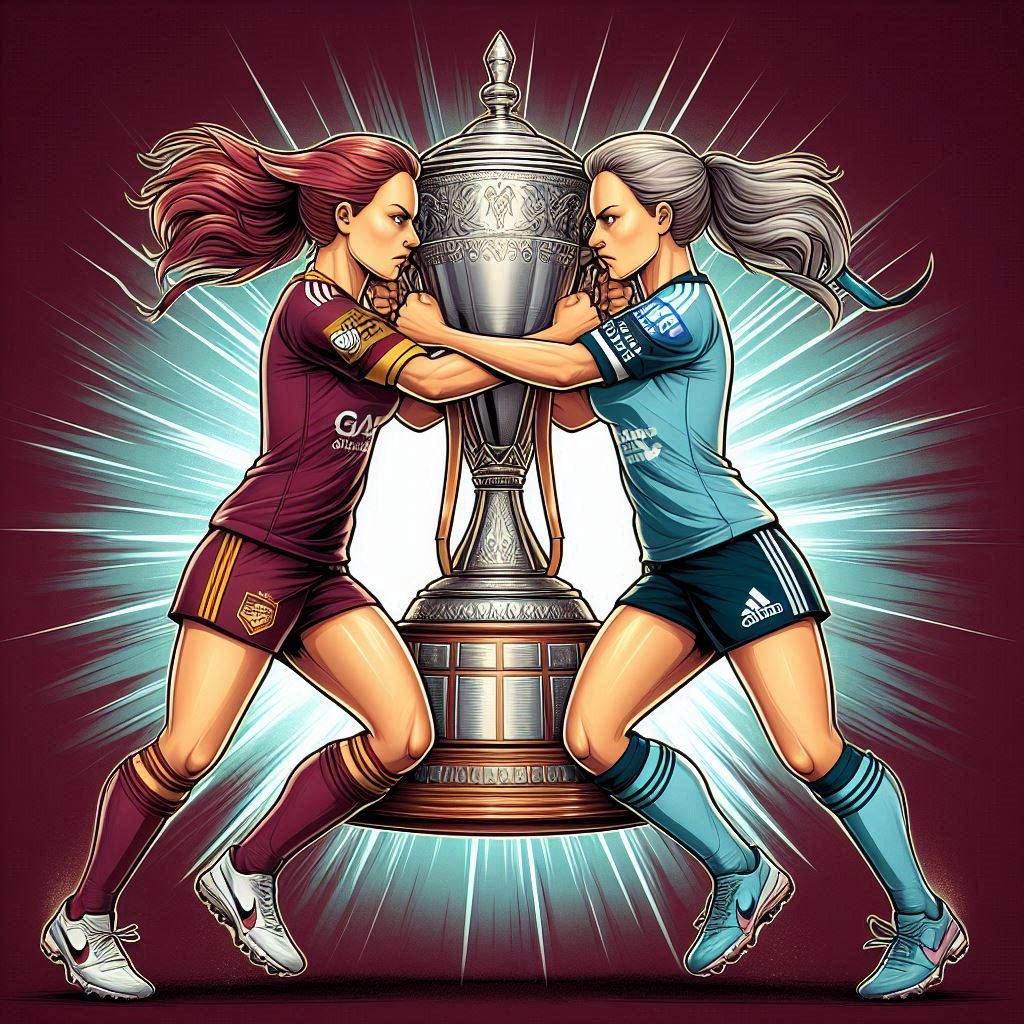The Evolution of Cricket: From Larrikins to Professionals
Cricket, a sport that has been played for centuries, has seen a significant evolution in its players. The old cricket player ‘larrikin’, a term often used to describe a mischievous young person with an exuberant spirit, was once a common sight on the cricket field. These players, with their flamboyant personalities and unpredictable antics, brought a unique charm to the game that often drew large crowds.
One such larrikin was the legendary Australian cricketer, Shane Warne. Known for his larger-than-life personality and exceptional skill as a leg-spin bowler, Warne was a true entertainer on and off the field. His charisma and talent brought a new level of excitement to the game, attracting viewers from all over the world.
However, the question arises – would the return of such larrikins help boost viewing numbers now? The answer is not straightforward. While the unpredictability and entertainment factor associated with larrikins could potentially attract more viewers, it’s also important to consider the changing dynamics of the sport.
In recent years, cricket has become more professional. Players are now more focused on their performance, fitness, and strategy. This shift has led to a more competitive and high-stakes environment, which some may argue has made the game more exciting to watch. However, others may feel that this professionalism has made players more reserved, leading to a perceived lack of personality in the game.
So, do we need more larrikins in cricket? It’s a matter of personal preference. Some fans may yearn for the return of the charismatic larrikins to add more entertainment value, while others may prefer the intense competition that comes with professionalism.
As for making the game more interesting, there are several ways this could be achieved. Encouraging players to express their personalities on the field, promoting friendly banter between teams, and incorporating more fan engagement activities could all contribute to a more entertaining viewing experience.
The transformation from the larrikin player to the more professional cricketer has been a gradual process, mirroring the evolution of the sport itself. The introduction of new formats like T20 cricket, the growing emphasis on physical fitness, and the commercial aspects of the sport have all played a part in this shift.
In the golden days of cricket, players like Ian Chappell were the epitome of the larrikin spirit. However, the demands of the modern game require a high level of discipline, strategic thinking, and physical fitness. This has led to players focusing more on these elements, often sidelining the flamboyant and unpredictable behavior that was the hallmark of the larrikins.
Furthermore, the increased media attention and fan scrutiny have also influenced player behavior. Every move of the players, both on and off the field, is closely monitored and analyzed. This has resulted in players becoming more cautious and less likely to exhibit the larrikin behavior.
However, it’s crucial to remember that while the game has evolved, the essence of cricket remains unchanged. The approach of players might have shifted, but their passion for the sport and their desire to entertain the fans is still very much alive.
In conclusion, the evolution of cricket from the era of larrikins to the current age of professionalism has brought about significant changes in the game. Whether or not the return of larrikins would boost viewing numbers is subjective and largely depends on individual preferences. Regardless, the charm of cricket lies in its ability to evolve and adapt, ensuring it remains a beloved sport for generations to come.
Join the conversation and share your thoughts. Do you miss the old cricket player larrikin? Or do you prefer the professionalism of modern cricket? Let us know!
For more interesting stories like this check out the article on commentators or also check out Body Line Cricket
#CricketEvolution #LarrikinVsProfessional #CricketDebate #ViewingNumbers #CricketEntertainment #ShaneWarne #CricketLegends #CricketDiscussion #FanEngagement #CricketStrategy #CricketFitness #CricketBanter #CricketPersonality #ModernCricket #LoveForCricket
T
.png)



